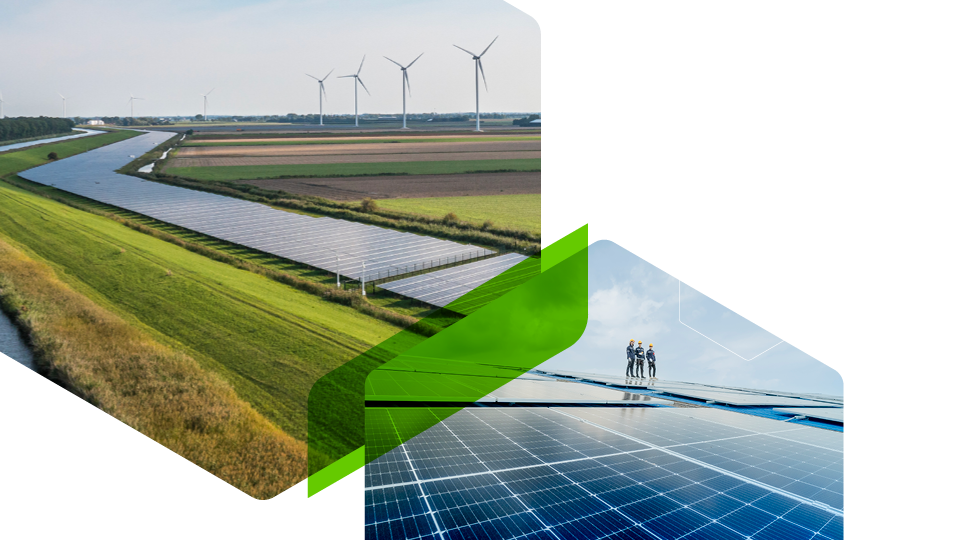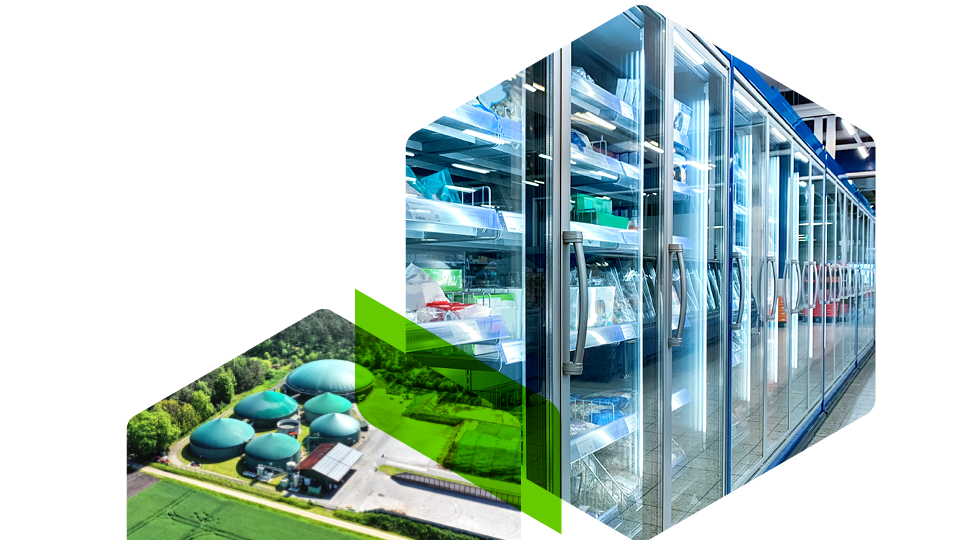Featuring more than 200 examples of technologies and solutions, the Green Technology Book illustrates how innovation ecosystems are producing practical renewable energy and energy efficiency solutions that can be applied by policymakers, cities, utilities, businesses, communities and citizens. The publication is linked to the WIPO GREEN Database of Needs and Green Technologies, where many more innovative solutions can be found and technology owners contacted.
- Foreword by WIPO
- Foreword by Partners
- Key messages
- Executive summary
- Introduction and methodology
-
1. Green energy solutions for climate action
Renewable energy is essential for limiting global temperature rise to below 1.5°C, yet the adoption of renewable sources and enabling technologies is not progressing fast enough to meet targets. Innovations focused on electrification, energy efficiency, and demand management will also be critical in curbing rising energy consumption. While developing countries face challenges in accessing technology and financing, they may also have a unique opportunity to build more sustainable energy systems from the ground up.
-
2. Green urban energy solutions
Energy technology innovation in cities is transforming how urban areas manage energy and water. Smart grids, energy-efficient buildings, renewable energy integration into public spaces and infrastructure, and advanced water management systems are improving resource efficiency, reducing waste and lowering costs. These solutions help cities meet growing demand while mitigating the impacts of climate change.
-
3. Green rural energy solutions
Innovation in rural areas is helping to reduce energy consumption by introducing renewable energy and energy efficient technologies. These solutions enable households, communities, farmers and producers to improve energy access, decrease energy consumption, lower costs, and enhance resilience to the impacts of climate change.
-
4. Green energy solutions for essential services
Supermarkets, healthcare facilities, and data centers, though serving different functions, all rely on continuous, reliable energy to operate efficiently. These sectors are highly energy-intensive, and their energy consumption is steadily increasing. They can no longer be overlooked in efforts to improve energy efficiency.
- Acknowledgments
- Acronyms
- Bibliography
- Copyright notice




